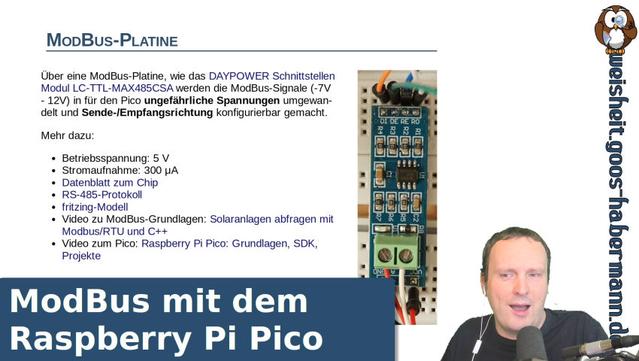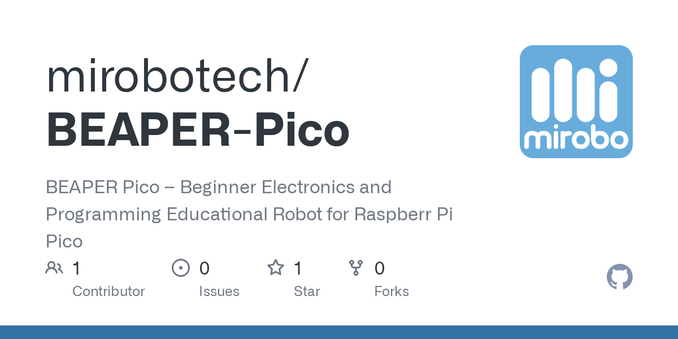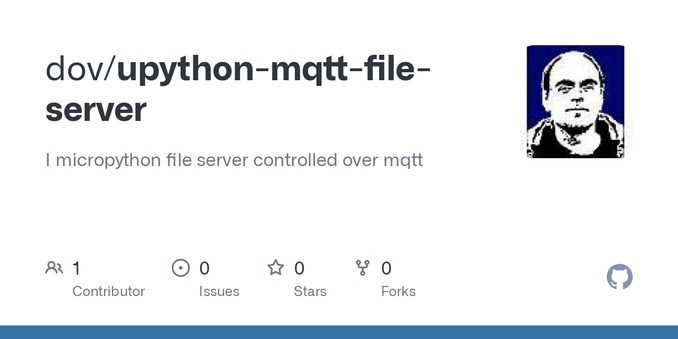I have a few of these, well, will have a few more over next week...
https://www.tindie.com/products/revk/esp32-s3-mini-1-n4-r2-dev-board-all-gpios/
I am tweaking the design but all of them do 2A 3.3V power for many peripherals, and ALL the GPIOs for an ESP32-S3-MINI-1-N4-R2, and a single WS2812 LED.
USB-C and DC 5V-17V
They are ideal for anyone wanting to play around with these processors, whether native ESP IDF, #micropython, #arduino, or whatever.








